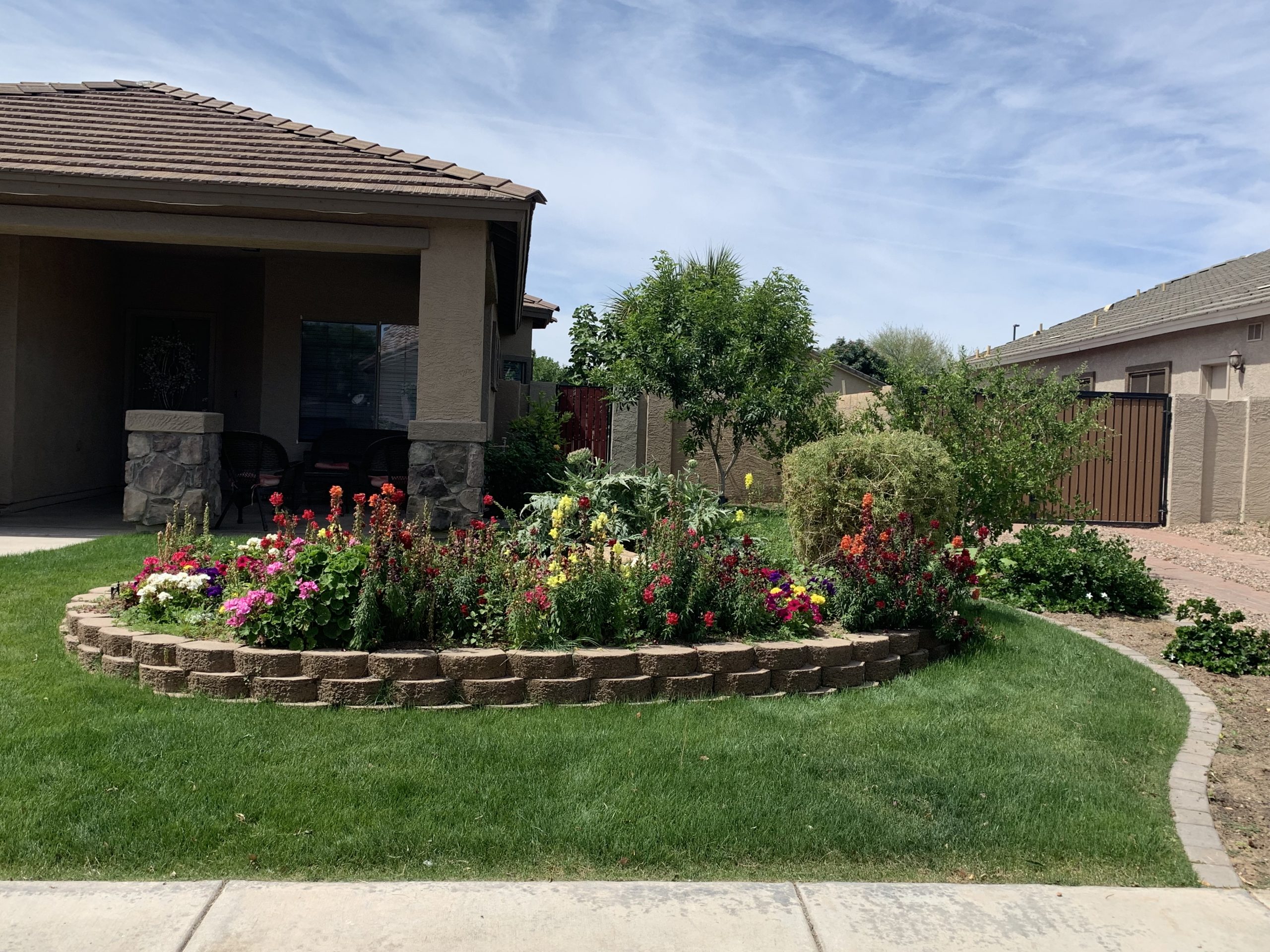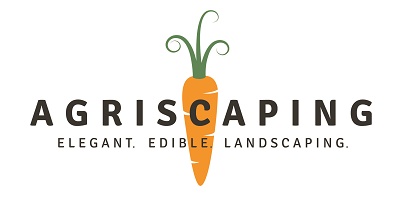Is Your HOA Landscaping Killing You?

Is Your HOA Landscaping Killing You?
Many of us have lived in suburban homeowners associations (HOAs) where homes are uniform and beautifully landscaped and manicured on a weekly basis. For so many, such an arrangement protects their American dream. In fact, four of the principle purposes of HOAs are to:
• Maintain home property values
• Keep neighborhoods attractive for potential homebuyers
• Protect resident rights, safety, health and interests
• Provides services and amenities to residents
In practice, however, most HOAs focus on the first two – maintaining home values through attractive neighborhoods. Landscaping in and of itself is not bad, but often is less productive and does not protect the health – and often interests – of the residents. Nor does it often provide services and amenities.
Enter Agriscaping. Agriscaping principles go beyond simply planting vegetables, fruits, and other edibles into existing landscapes. It includes elegant landscape design, weed and pest control, microclimates and more.
Agriscaping teaches homeowners how to work within HOA and city regulations to have a beautiful and productive yard where hyperlocal food is produced. It brings the best of ornamental landscaping and the best of productive agriculture together. In short, it’s making the most of the space you have in a way that addresses the four principles of HOAs outlined above.
Agriscaping goes well beyond growing your own food and incorporating edibles into your landscaping, though that is easily done.
First, Agriscaping maintains home property values because it creates beautiful and productive designs, without requiring large tracts of land like permacultures and food forests. Agriscaping incorporates similar principles, but adapts them for the suburban and urban environments.
Second, Agriscaping keeps neighborhoods attractive for potential homebuyers. A neighborhood that employs Agriscaping is designed to be sustainable, which not only includes providing produce to homeowners but also limiting a yard’s water consumption. It also employs proven methods to provide elegant landscape design as well as weed and pest control.
Third, Agriscaping protects resident rights, safety, health and interests. Michigan State University lists seven benefits of locally grown food (defined as food grown within 15 miles of where it is consumed). The shorter the distance between the farm and your plate, the more nutrients your food still contains. And, food grown at home has a far less chance to be susceptible to E. Coli and other bacteria.
Fourth, Agriscaping provides services and amenities to residents. Imagine living in an HOA neighborhood where all of the plants in your front yard are edible and elegantly maintained. Homeowners can simply walk outside and eat healthy, naturally-grown food and reduce their grocery bill.
No, your HOA landscaping probably isn’t killing you, but it isn’t providing much benefit either. Agriscaping addresses the four principle purposes of HOAs by providing elegant, edible landscaping.
To find out what webinars or live classes are available for free click here!

